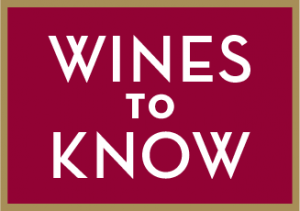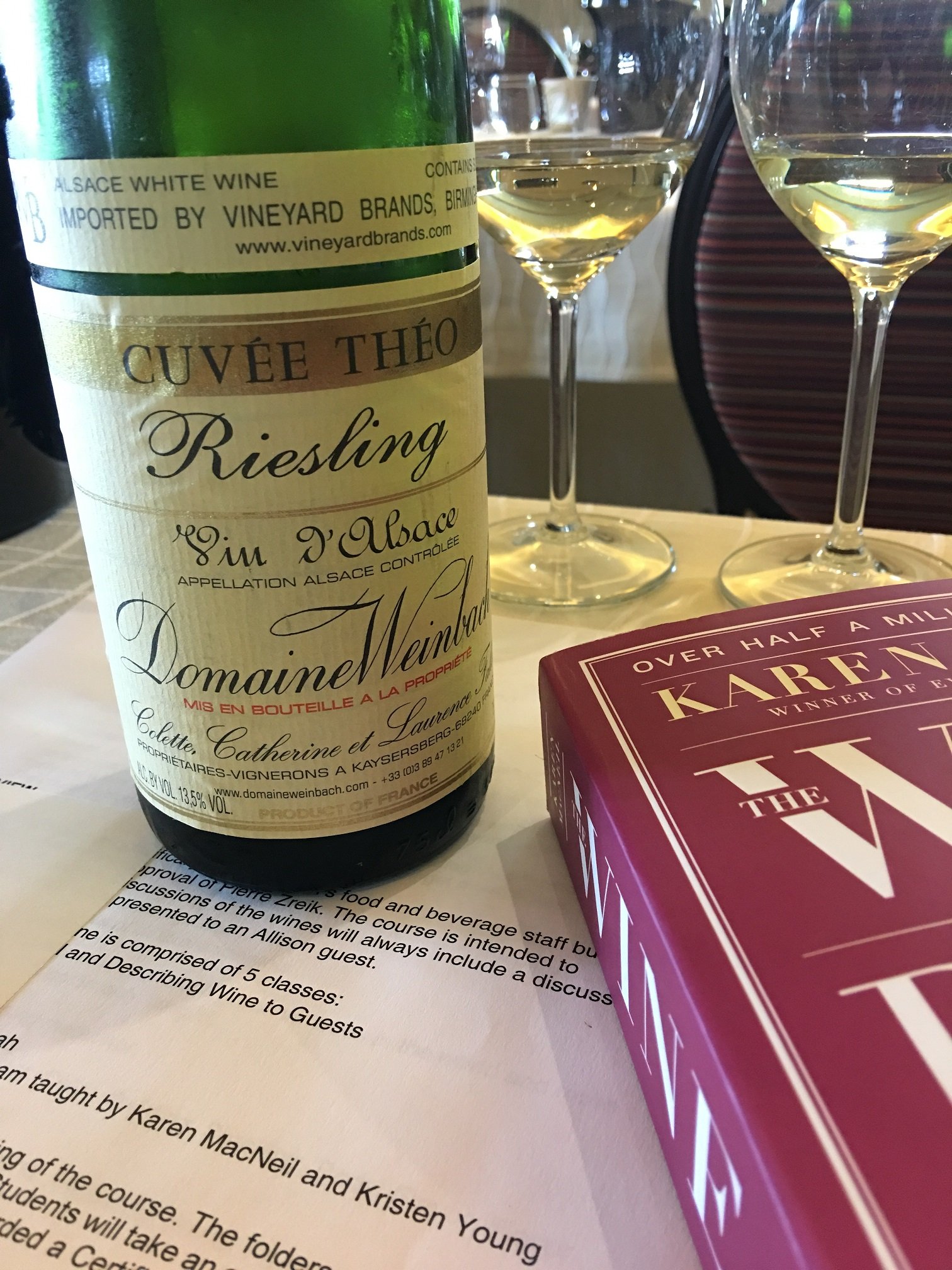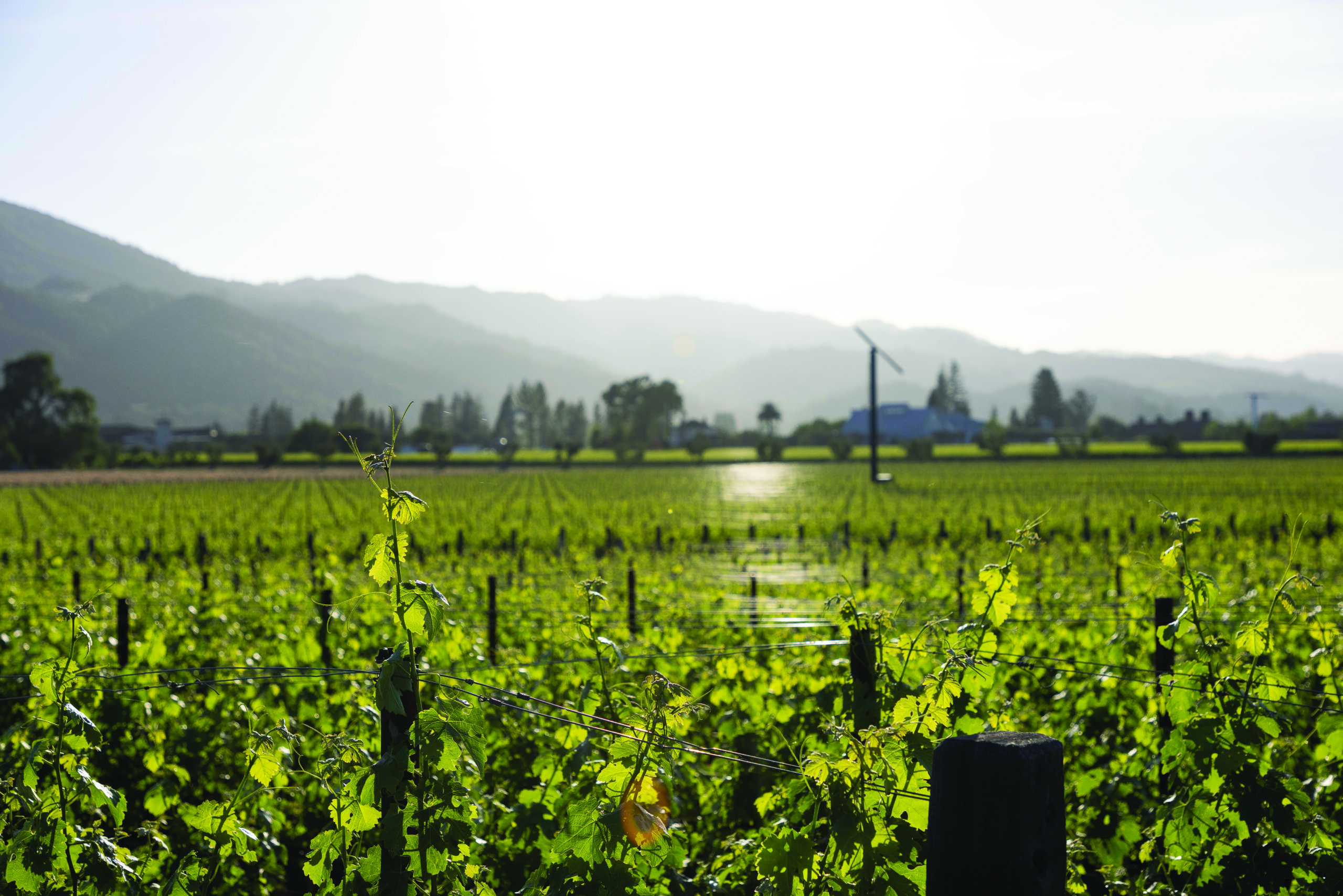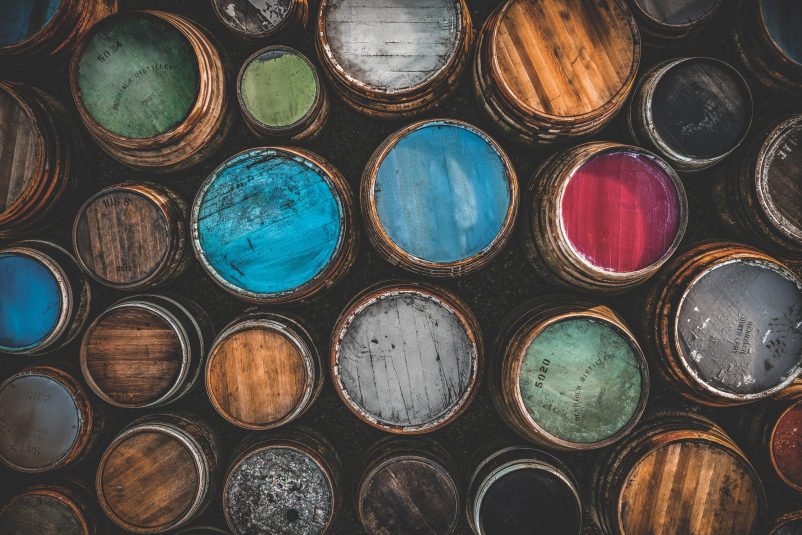
DOMAINE WEINBACH | Riesling “Cuvée Theo” 2015
(Alsace, France) $39
 The first thing to know about Alsace riesling is that it’s not German riesling. In fact, in some ways, it’s the polar opposite—yang to Germany’s yin. What I love about it is its sense of profundity. Alsace riesling has gravitas and no wine more so than Domaine Weinbach’s Cuvee Theo, a wine of astounding minerally precision and near atomic density of flavor. It’s both gripping and a wine that holds you in its grip with its powerful beauty. Domaine Weinbach is owned by a mother-daughter team who for decades have made many of the best wines of Alsace. (13% abv)
The first thing to know about Alsace riesling is that it’s not German riesling. In fact, in some ways, it’s the polar opposite—yang to Germany’s yin. What I love about it is its sense of profundity. Alsace riesling has gravitas and no wine more so than Domaine Weinbach’s Cuvee Theo, a wine of astounding minerally precision and near atomic density of flavor. It’s both gripping and a wine that holds you in its grip with its powerful beauty. Domaine Weinbach is owned by a mother-daughter team who for decades have made many of the best wines of Alsace. (13% abv)
94 points KM
Available at Vivino.com

The word sangiovese is thought to be derived from the Latin word sanguis Jovis—“the blood of Jupiter.” The name is said to have been given to the wine by monks residing near Monte Giove (Mount Jupiter), in Emilia-Romagna. Which of the following wine regions in Tuscany mandates the use of 100% sangiovese grapes?

A. Chianti Classico
B. Brunello di Montalcino
C. Carmignano
D. Vino Nobile de Montepulciano


“It seems almost a moral obligation [in the Napa Valley] to make wines with a life, because you can’t do that everywhere. It’s a gift.”
―Cathy Corison, Corison Winery, as quoted in Wine Revolution by Jane Anson
![]()
Smaragd
This Austrian term is used only in the Wachau region of Lower Austria for the ripest grapes and, hence, for the fullest-bodied wines. Smaragd (pronounced smar-AHGD) wines must have a minimum of 12.5 percent alcohol, but most have considerably more. The word smaragd is also the name of a bright green lizard that suns itself in the Wachau vineyards.

The oldest name for Zinfandel is crljenak kaštelanski.
Answer: False. Crljenak kaštelanski (SEARL-yan-ack cas-tel-LAN-ski) is the modern Croatian name for the Croatian grape zinfandel. During the Middle Ages and earlier, the grape was called tribidrag (TREE-be-drag) and it was grown all over the Dalmatian Coast of Croatia. Although it is unclear how the name tribidrag became crljenak kaštelanski, the name of the grape variety actually comes in many forms today—primitivo in Italy, zinfandel in California, and kratošija in Montenegro and Macedonia.









